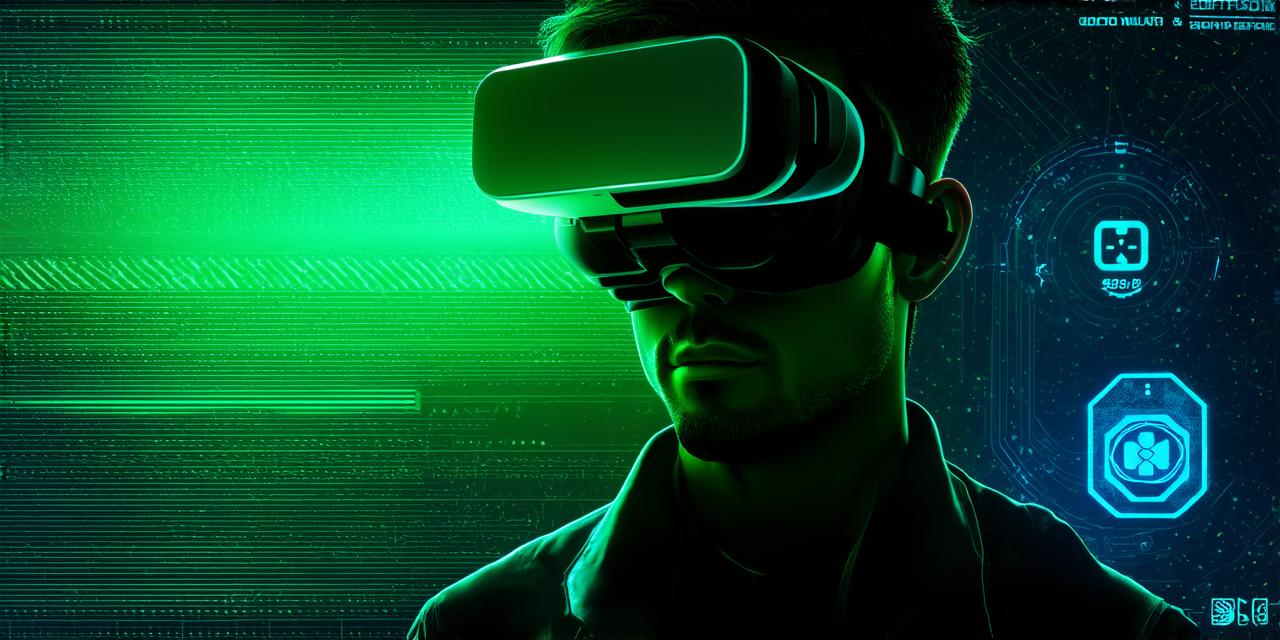Virtual reality (VR) therapy is becoming increasingly popular for treating various mental health disorders, and there are already many success stories to showcase its effectiveness.
1. Anxiety Disorders
Anxiety is a common mental health condition that affects millions of people worldwide. VR therapy has been shown to be an effective treatment for anxiety disorders such as social anxiety, phobias, and generalized anxiety disorder.
By exposing patients to a virtual environment that simulates their fears, VR therapy can help them learn coping skills and gradually overcome their anxiety.
One example of this is the use of VR exposure therapy for treating social anxiety disorder. In this treatment, patients are exposed to a virtual environment where they must perform tasks in front of an audience. Over time, they learn to become more comfortable with social situations and develop better communication skills.
2. PTSD
Post-traumatic stress disorder (PTSD) is a mental health condition that can be caused by exposure to traumatic events such as natural disasters, accidents, or military combat. VR therapy has been shown to be an effective treatment for PTSD by providing patients with a safe and controlled environment to confront their trauma.
For example, the use of VR exposure therapy for treating veterans with PTSD has been shown to be highly effective. By exposing veterans to virtual environments that simulate combat situations, they can learn to process their trauma and develop better coping skills.
3. Depression
Depression is a mental health condition that affects millions of people worldwide. While traditional treatments such as medication and therapy have been effective, VR therapy has also shown promise in treating depression.
By providing patients with a virtual environment that simulates positive experiences, VR therapy can help them develop better mood regulation skills and improve their overall well-being.
One example of this is the use of VR exposure therapy for treating depression related to chronic pain. By exposing patients to virtual environments that simulate activities such as exercise or hobbies, they can learn to focus on positive experiences and improve their mood.
4. Autism Spectrum Disorder
Autism spectrum disorder (ASD) is a developmental condition that affects communication, socialization, and behavior. While traditional treatments for ASD have been focused on improving communication and social skills, VR therapy has shown promise in treating the core symptoms of ASD such as sensory processing difficulties and anxiety.
For example, the use of VR exposure therapy for treating sensory processing difficulties in children with ASD has been shown to be highly effective. By exposing children to virtual environments that simulate different sensory experiences, they can learn to regulate their sensory input and improve their overall functioning.

Summary
In conclusion, virtual reality therapy is a promising treatment option for a range of mental health disorders. From anxiety and PTSD to depression and autism spectrum disorder, VR therapy has shown promise in helping patients overcome their conditions and improve their overall well-being.
As technology continues to advance, we can expect to see more research and development in the field of VR therapy, leading to even more effective treatments for mental health conditions.




